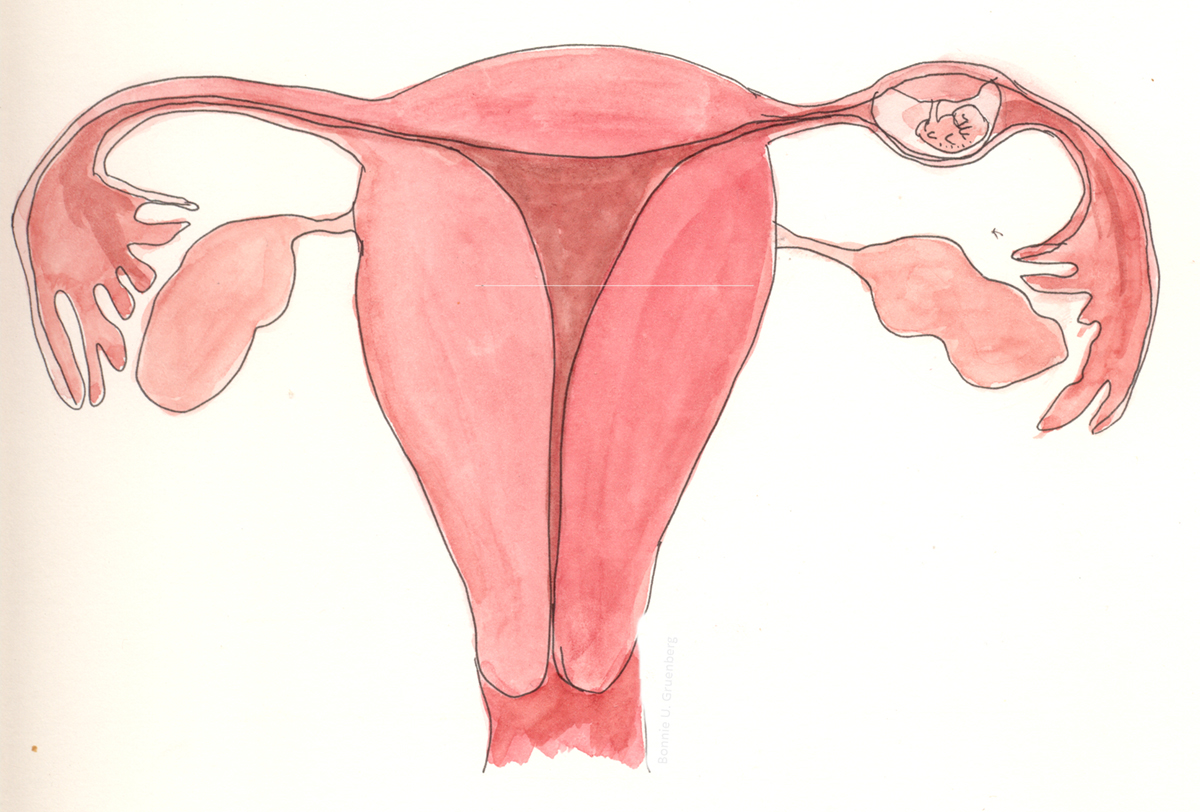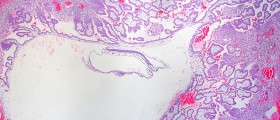
Ectopic pregnancy is a pregnancy that occurs outside its normal place, the uterus. In a normal pregnancy, the mature egg passes from the ovaries, where it is created, to the uterus, where it waits to be fertilized or expelled by menstruation. It passes through fallopian tubes, which are located on the upper side of the uterus and this is where the egg and the sperm meet.
The fertilized egg then descends from the fallopian tubes into the uterus and sets into its lining. If the fertilized egg settles anywhere outside uterus, the pregnancy will not be able to be completed and it this is called a tubal or ectopic pregnancy.
Other than in fallopian tubes, the egg may implant in uterine muscle, the abdomen, the ovaries and, rarely, in the cervix.
The fallopian tubes are not built to contain the growing embryo and they may rupture. This rupture is dangerous as it involves a lot of bleeding. If the ectopic pregnancy is diagnosed before the rupture of the tubes, it can be managed with methotrexate, a drug which prevents the embryo from further development. If this is not possible, a surgical procedure called salpingostomy may be necessary.
This procedure can be done with a laparotomy or laparoscopy. Laparotomy is a procedure in which a small incision is made in order to visualize the fallopian tubes. It is done either to remove a ruptured tube or to introduce a drug called vasopressin, which reduces the bleeding and prevents hemorrhaging. The embryo is then flushed out of the tube.
A similar procedure is performed to repair tubal blockage, a condition which prevents the egg from descending into the uterus and thus causes infertility.
Salpingostomy can also be performed with laparoscopy. A small incision is made in the navel, through which a small tube with an optical lens is inserted to examine the inside of the abdomen. A salpingostomy in this case is performed with instruments inserted through tiny incisions on the abdominal wall.
The symptoms of ectopic pregnancy are often mistaken for other conditions, like pelvic inflammatory disease or a miscarriage. It is therefore important to insist that the exam is done thoroughly in case there are symptoms like heavy bleeding and pain and if a pregnancy is suspected.
A method for diagnosing called hysterosalpingogram is done with dye inserted into the abdomen and observed with X-rays to see if there is any leakage in the fallopian tubes.
The recovery time after a salpingostomy done by laparotomy is in between three and six weeks. If it is done laparoscopically, the time is significantly shorter. The area of the incision will be a a little sore in the first few days but the pain will subside and the patient will be able to walk after three days.
Normal activities usually can be resumed after one month.
The potential risks of this surgical procedure includes reactions to anesthetics, bleeding and infection. Sometimes there is a chance that not all the products of the conception have been removed and the procedure may have to be repeated.













_f_280x120.jpg)


Your thoughts on this
Loading...